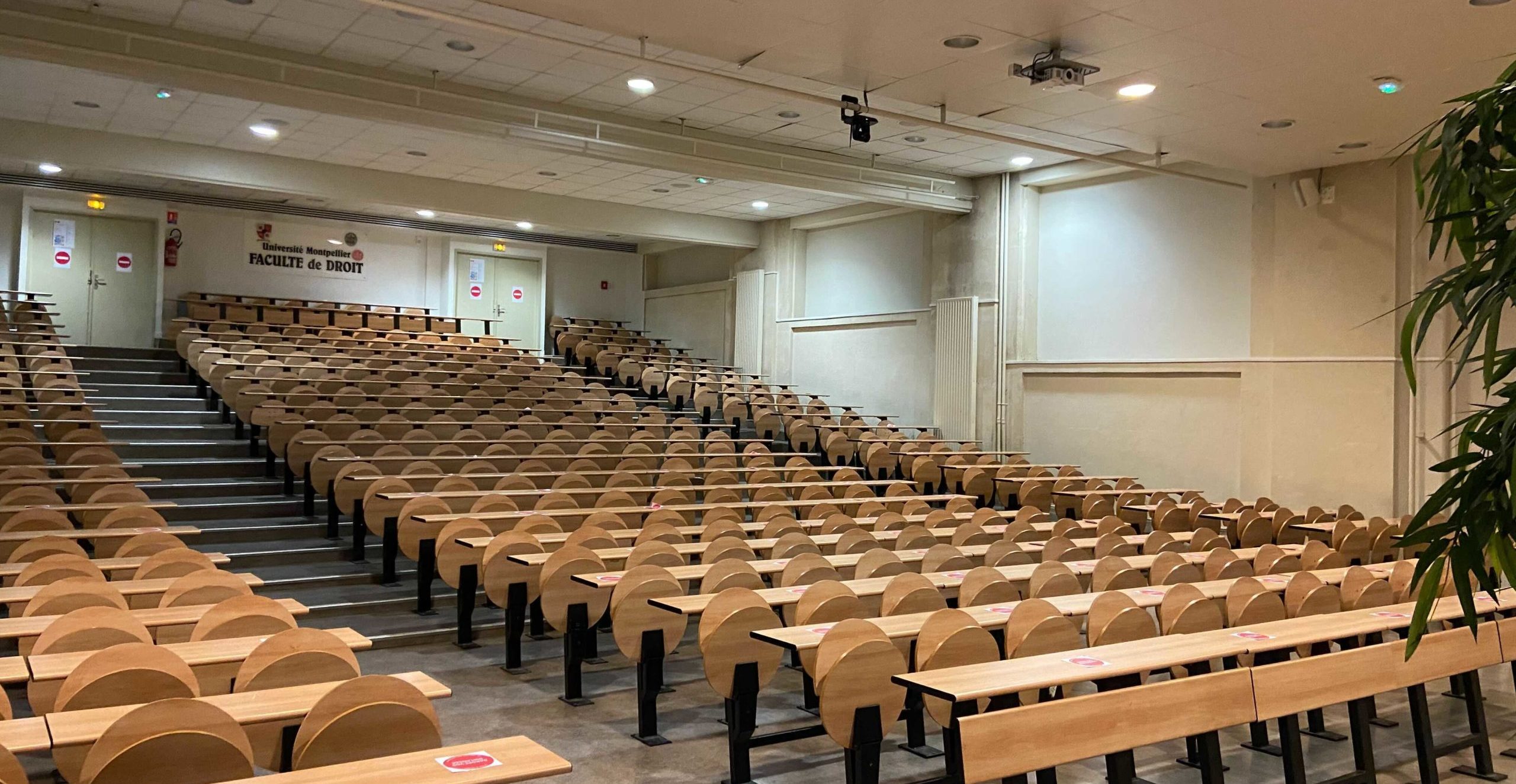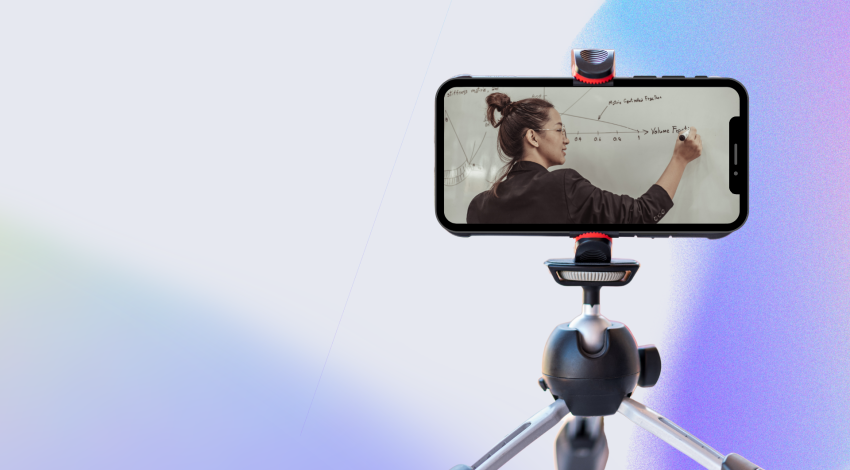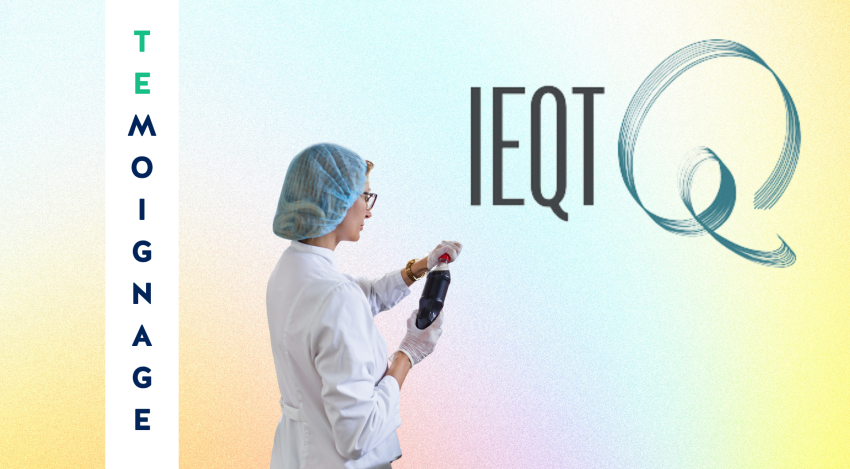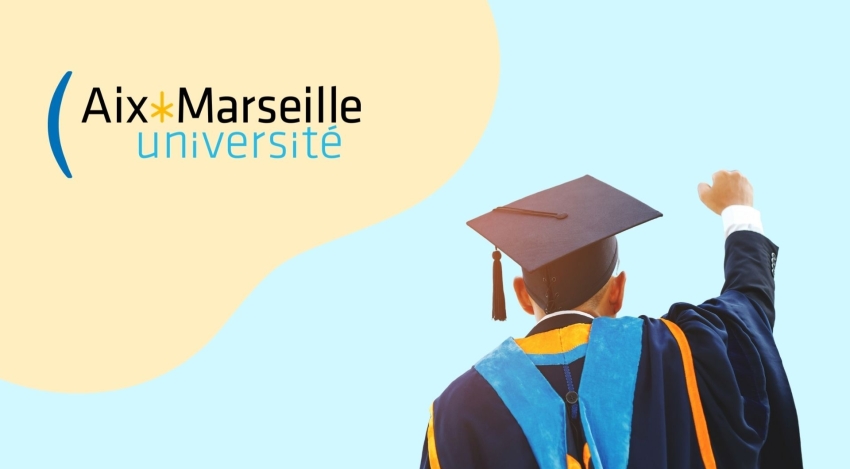

Carine Jallamion is a professor of legal history and Vice-Dean in charge of digital initiatives at the Faculty of Law at the University of Montpellier. Her responsibilities underwent a significant transformation when the first lockdown was announced in France. Previously tasked with exploring new teaching methods, her role became much more time-consuming. She agreed to answer our questions.
Summary of the interview:
During the first wave of Covid-19, most courses at the Faculty of Law in Montpellier were already completed. The real urgency was the implementation of remote exams until July. Managing around 6000 students was, of course, a challenging endeavor.
For the second wave, several plans were developed during the summer. The first plan was to have everyone attend in-person. The second was for a hybrid mode with reduced class sizes. Finally, the third plan was for entirely remote learning. Ultimately, all three plans were tested. They began with one week of in-person classes at the beginning of the term, followed by 50/50 quotas, and now they're fully remote.
The faculty initially implemented strict health protocols to accommodate all students. A new organization was put in place. While schedules weren't drastically altered, the time spent physically at the faculty was significantly reduced. Small groups were created, and a hybrid approach was adopted, alternating between in-person and remote teaching depending on the week. Numerous digital tools were deployed to facilitate hybrid teaching and enable a smooth transition to fully remote learning. These tools allowed them to reach students who couldn't attend before the crisis, such as working students.
"We only abandoned in-person teaching when we were forced to."
The primary objective at the Montpellier Faculty of Law was to offer in-person classes. Student life involves social interactions and events, and some students were becoming isolated, often in unfavorable conditions. "We only abandoned in-person teaching when we were forced to."
All lecture halls at the faculty were equipped with Kast cameras, broadcasting classes exclusively through an online platform. The live sessions are accessible to students using unique identifiers. The content remained the same, requiring minimal additional effort from instructors. The camera captures the instructor, the whiteboard, and PowerPoint presentations can be incorporated into the video if necessary. Students can follow the class from wherever they are, closely replicating the lecture hall experience.

For smaller group sessions, such as tutorials, video conferencing systems like Teams and Zoom, which the university subscribed to, are used.
Currently, all students are attending remotely, and instructors are free to decide whether to teach via video conferencing from home or at the faculty. Many choose to teach at the faculty, facing the camera and broadcasting live on the platform due to its ease of use. Others who aren't fond of empty lecture halls opt for video conferencing but need to adapt their content accordingly.
The variety of options allows instructors to choose what suits them best, maintaining the same formats as before.
Digitalization was imposed and occurred in a rather unfortunate context. Many professors look forward to returning to in-person teaching. However, everything that has been implemented thus far has been designed to be sustainable.
This forced digitalization will allow many "restricted" students to attend lectures. Those who work, engage in sports, or simply find it more comfortable to learn from home will have the choice in the future, as attendance isn't mandatory. Greater adaptability to various student profiles is now possible.
Progress has also been seen in evaluations. For advanced students, collaboration and access to online resources are evaluation conditions more aligned with professional life. Traditional evaluations, where students spend hours alone with a paper, have shown their limitations.
Hybrid teaching might be a constraint today, but it's becoming an invaluable tool for certain student populations. Complementarity is key. Universities have had the chance to test everything and are now prepared for anything. The continuity of teaching and public service was maintained. It wasn't perfect, but they managed to reach a wide audience despite the circumstances.




